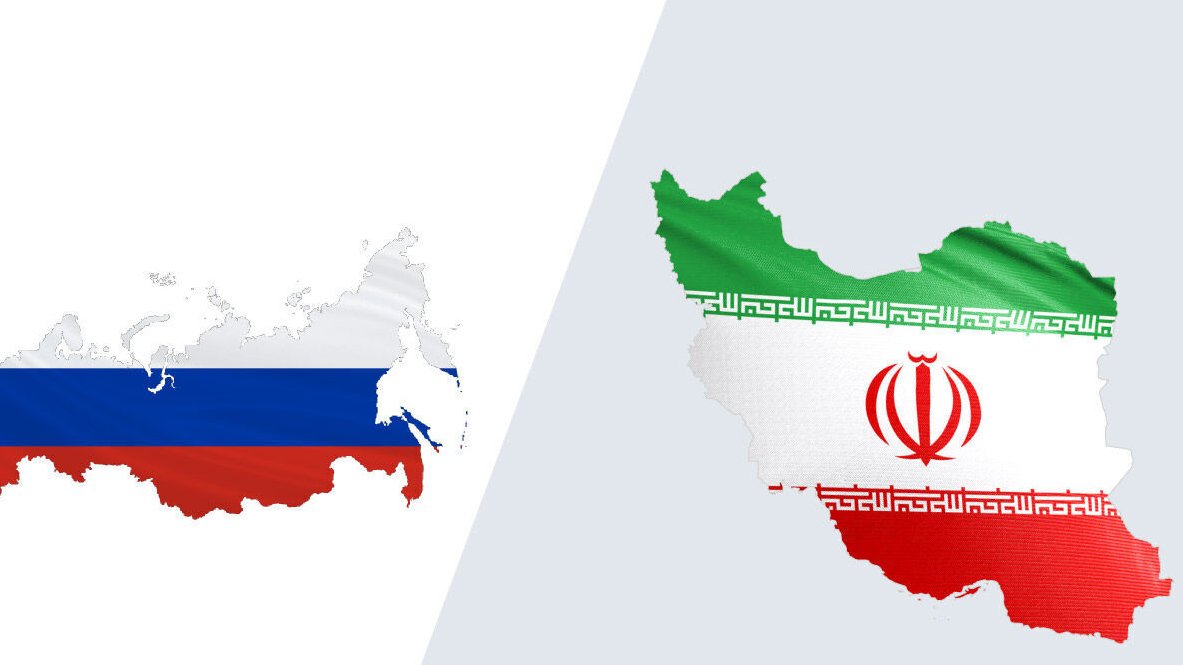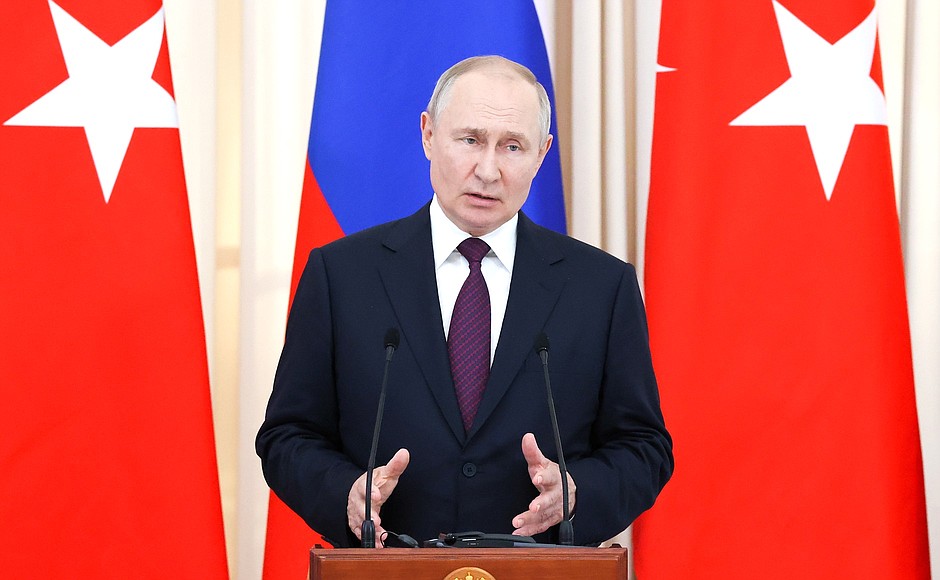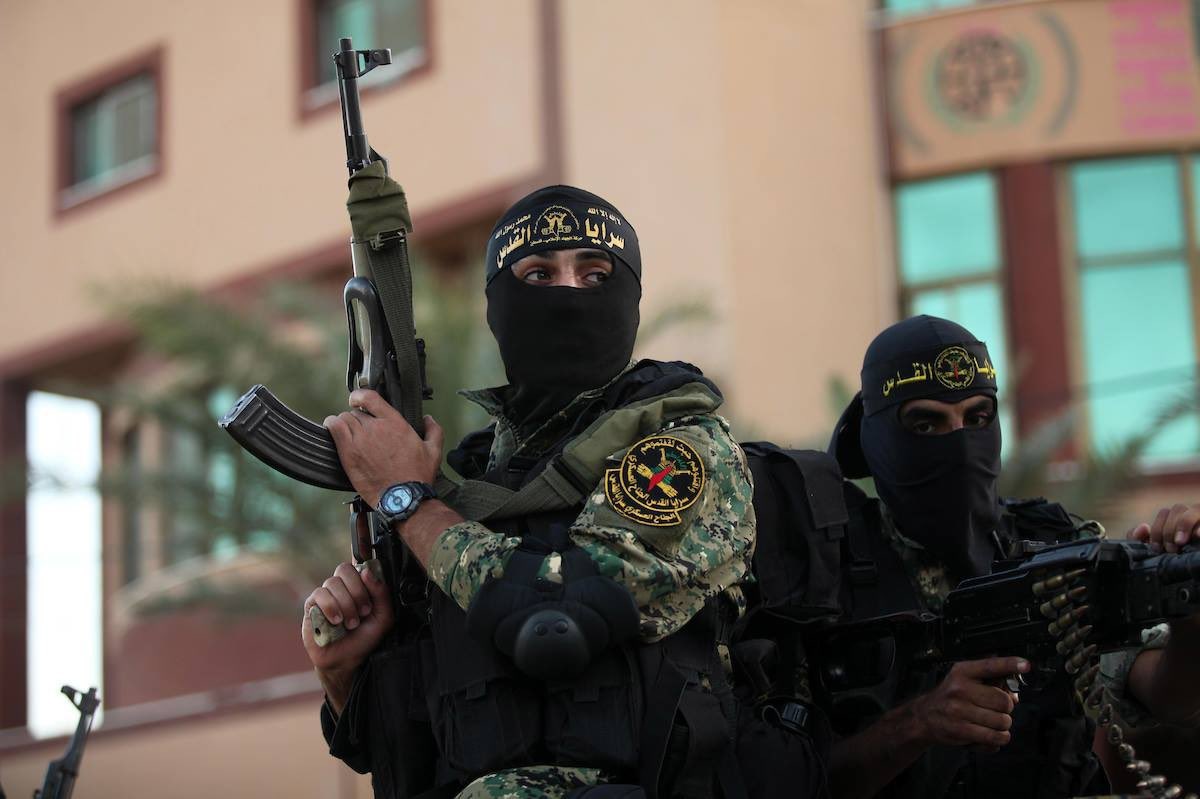Iran Russia military deal
The war in Ukraine has become a testing ground for Iranian weaponry, with a potential escalation on the horizon. While Western accusations of drone de
Beyond Drones: Iran's Evolving Military Support for Russia in Ukraine
The war in Ukraine has become a testing ground for Iranian weaponry, with a potential escalation on the horizon. While Western accusations of drone deliveries have dominated headlines, reports suggest Iran's role is growing more sophisticated.
From "Suicide Drones" to Advanced Capabilities
Initially, Iran denied supplying Russia with any weapons for the war. However, evidence points to the delivery of hundreds of Shahed-series drones, nicknamed "kamikaze drones" for their one-way explosive attacks. These have played a role in targeting Ukrainian infrastructure and military positions.
The Shahed-107: A Game Changer?
Recent reports suggest Iran might be providing more advanced equipment. The Shahed-107, a new attack drone, is said to be specifically designed for the Ukrainian conflict. This drone boasts reconnaissance capabilities and may even target Western-supplied weaponry used by Ukrainian forces.
Ballistic Missiles: The Next Step?
The most concerning development is the possibility of Iran supplying ballistic missiles to Russia. Intelligence sources suggest negotiations are underway, potentially offering Russia a significant boost in firepower.
Motivations and Risks
Iran's motivations for supporting Russia are complex. It likely sees an opportunity to strengthen its own military ties with Russia, a fellow international pariah. Additionally, a weakened Ukraine could benefit Iranian interests in the Middle East. However, supplying ballistic missiles would be a significant escalation, drawing strong condemnation and potentially harsher sanctions from the West.
Iran's evolving role in the war not only prolongs the suffering in Ukraine but also risks further destabilizing the region.
Whether Iran delivers ballistic missiles remains to be seen. The international community is closely monitoring the situation, with potential consequences for both Iran and Russia. The war in Ukraine has become a stage for Iran to showcase its military advancements, raising concerns about a more aggressive posture in the future.
The Domino Effect: Iran's Drone Sales and the Re-arming Race
Iran's drone sales to Russia have triggered a chain reaction that could reshape global security dynamics. Here's how
1. Counter-Drone Measures
Facing the Shahed threat, Ukraine is desperately seeking advanced counter-drone systems from the West. This could lead to a surge in anti-drone technology development and proliferation, potentially impacting other conflicts where drones are used.
2. Shifting Alliances
The war has pushed some traditionally neutral countries like Saudi Arabia to consider acquiring Iranian-style drones to counter Iranian influence in the region. This could reshape alliances and fuel regional arms races.
3. Drone Democratization?
Iran's success with drones in Ukraine could inspire other countries with drone programs to seek buyers. This raises concerns about the proliferation of cheap, effective attack drones in the hands of non-state actors or unstable regimes.
4. Economic Windfall for Iran
Drone sales could provide a much-needed economic boost for Iran, potentially emboldening its military ambitions and allowing it to invest in further drone development.
The West's Response
The West is likely to
Increase sanctions on Iranian drone manufacturers and entities involved in the sales.
Supply Ukraine with more advanced counter-drone technology.
Put pressure on countries considering buying Iranian drones.
Uncertain Future
The long-term implications of Iran's drone sales remain unclear. It could lead to a new era of "drone warfare" with more sophisticated countermeasures, or it could be a temporary tactic with limited impact. Much depends on how the conflict in Ukraine unfolds and how the West responds.
Iran's drone sales to Russia are a harbinger of the changing nature of warfare. It is a wake-up call for the international community to address the growing threat of drones and develop robust countermeasures to prevent further escalation and destabilization.
The Ethical Conundrum: Can Technology Be Un-rung?
While the focus is on deterring future sales, a new ethical question emerges: can the technology already supplied be neutralized? Here's a look at the potential solutions and their complexities:
Hacking the Drones: The possibility of hacking Iranian drones to disrupt their control systems or redirect them is tempting. However, the technical challenges are immense, and the risk of unintended consequences, like escalating the conflict, is significant.
Electronic Warfare (EW): Jamming drone signals or deploying advanced EW systems could disrupt their communication with operators. This approach is more feasible but raises concerns about collateral damage and potentially disrupting civilian communication systems.
Counter-drone Missiles and Directed-Energy Weapons: Developing specialized missiles or lasers to physically destroy drones is another option. However, these technologies are still in their early stages and may not be cost-effective against a swarm of cheap drones.
The ethical dilemma lies in finding a solution that effectively neutralizes the threat without causing unintended harm or further escalation. Additionally, there's the question of who gets access to these countermeasures – will they be limited to countries directly threatened by Iranian drones, or could they fall into the wrong hands?
The Human Cost:
Lost in the technical discussions is the human cost of Iranian drone warfare. The suffering of Ukrainian civilians targeted by these drones highlights the need for a long-term solution that prioritizes civilian safety.
This could involve international efforts to establish ethical guidelines for drone use and develop robust verification mechanisms to ensure compliance.
A Global Conversation:
The Ukraine war has exposed a critical gap in international law regarding drone warfare. A global conversation is needed to address the ethical use of autonomous weapons and develop frameworks to prevent civilian casualties.
By working together, the international community can strive for a future where advanced technology like drones is used for peaceful purposes rather than fueling conflict and human suffering.
The Looming Shadow: Iran's Drone Program and the Future of Conflict
Beyond the immediate concerns of the Ukraine war, Iran's drone program casts a long shadow, raising questions about potential future flashpoints:
The Middle East: Iran's drones could empower its proxies like Hezbollah and Hamas, potentially escalating conflicts with Israel or destabilizing fragile states in the region.
Africa: Iran has already supplied drones to some African nations. The proliferation of these weapons could fuel ongoing conflicts and empower non-state actors, further hindering regional stability.
Nuclear Deterrence: If Iran's drone program continues to advance, it could challenge the traditional balance of power in the Middle East, particularly its rivalry with Saudi Arabia and other Gulf states. This, in turn, could complicate the already tense situation surrounding Iran's nuclear ambitions.
The Need for Proactive Measures:
To mitigate these future threats, the international community needs to take proactive steps:
Strengthening Non- Proliferation Efforts: International cooperation is crucial to tighten export controls on drone technology and prevent its spread to countries with questionable records on human rights.
Diplomacy and Dialogue: Engaging with Iran through diplomatic channels to establish clear red lines regarding drone use and fostering dialogue to address regional security concerns could be a long-term solution.
Investing in Counter-Drone Technology: Continued research and development of robust counter-drone systems are essential to deter future drone attacks and maintain a military advantage.
The world is entering a new era of drone warfare. Iran's actions in Ukraine serve as a stark reminder of the potential dangers posed by this technology in the wrong hands. By working together to address the ethical use of drones, strengthen non-proliferation efforts, and invest in countermeasures, the international community can strive for a future where drones do not become the defining weapon of the 21st century.





Join the conversation